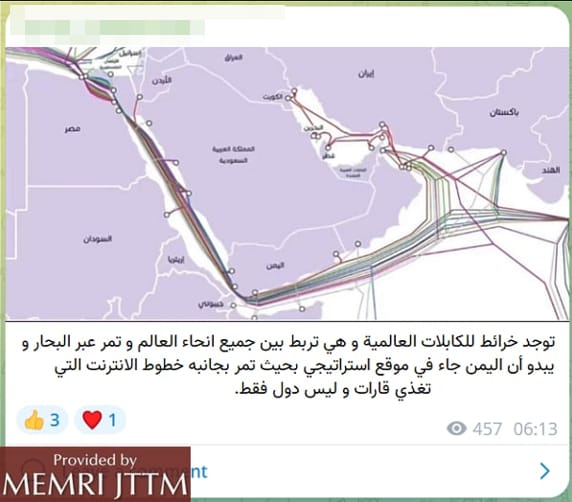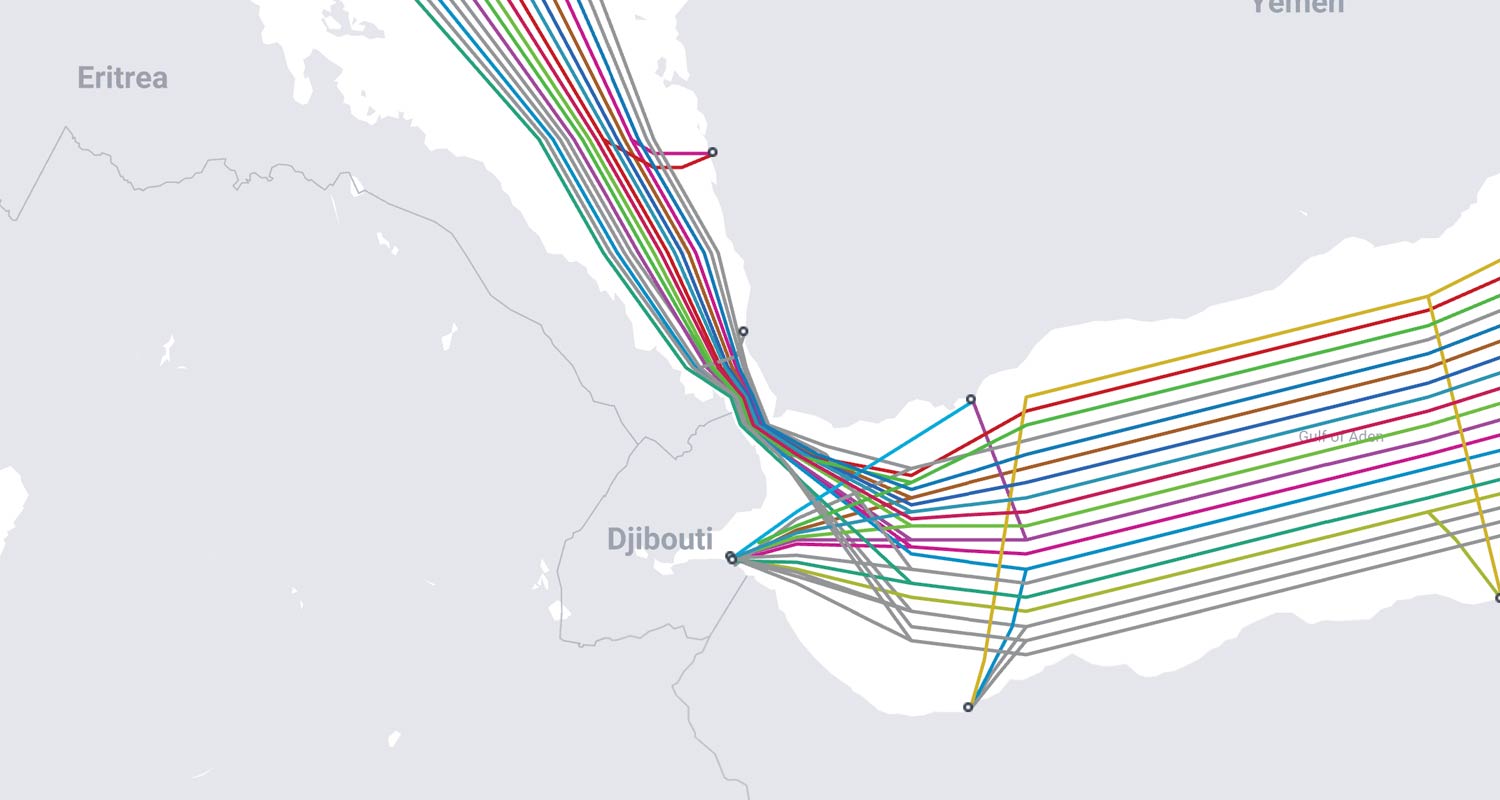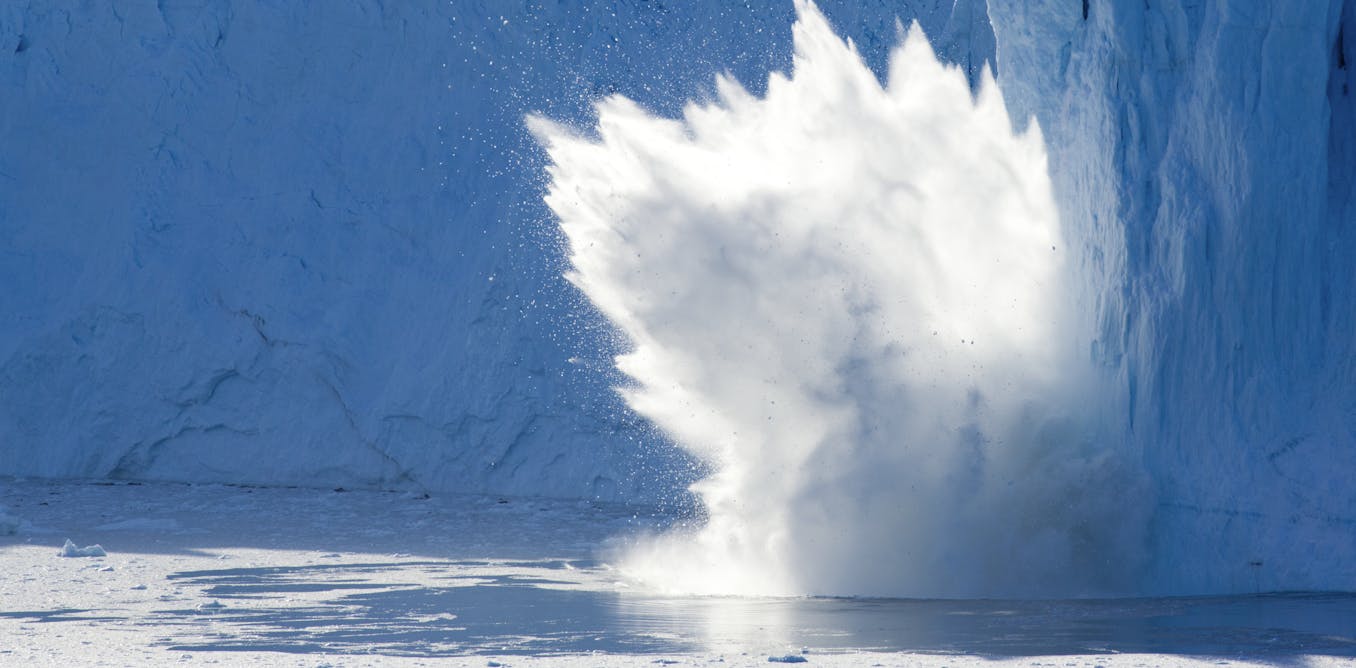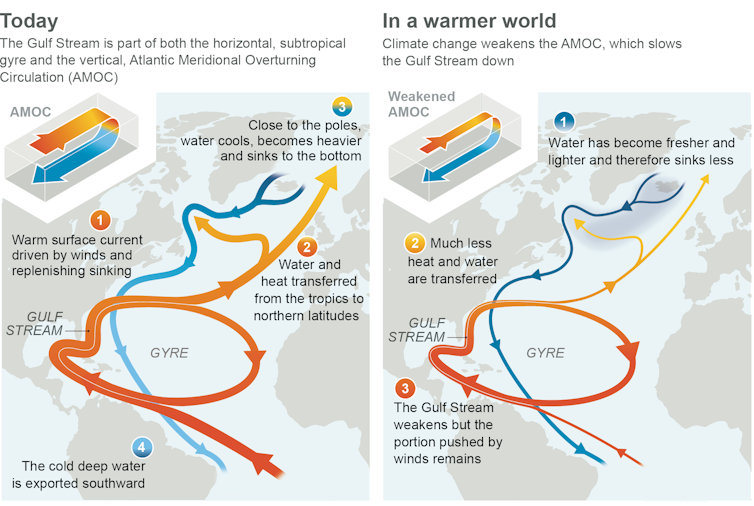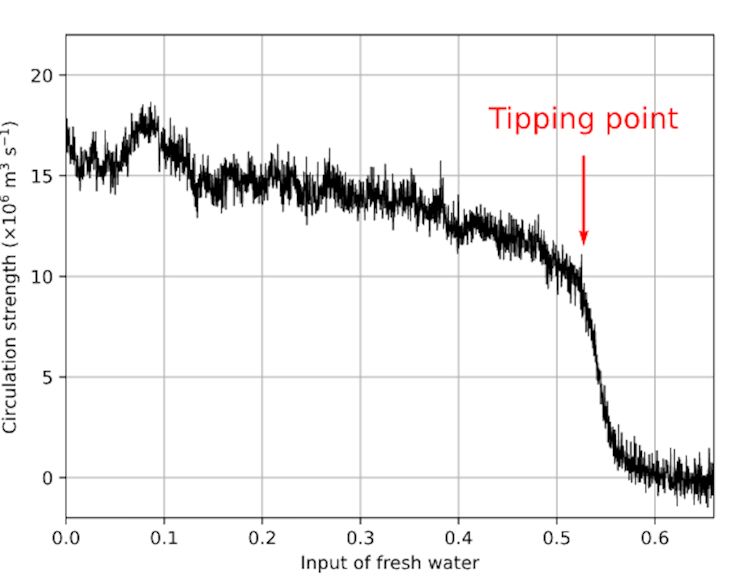The original "Carta Marina" was 23 square feet.
Unlike other maps at the
time, the sea creatures cartographer Olaus Magnus added were not to
fill up space—they were warnings.
MAP BY OLAUS MAGNUS
Off the coast of Norway, a giant serpent with a dragon-like head wraps itself around a helpless ship.
Near the Faroe Islands, a mammoth monster clutches a seal in its pointed beak.
And by the coast of Scotland, a gigantic lobster pinches a flailing man in its claw.
These are images detailed on the “Carta Marina”, a map from the late 1530s that served as an authority to cartographers, authors, and scholars studying the European seas.
The map dominated for the next five decades, but it took another century for experts to acknowledge some depictions weren’t realistic—and it took until the early 1700s for new maps to exclude certain monsters.
“A lot of the images seem quite fantastic.
It would be easy to imagine the cartographer invented them on the spot,” says Chet Van Duzer, cartographic historian and author of Sea Monsters on Medieval and Renaissance Maps.
The “Carta Marina” was created by Olaus Magnus, a Swedish archbishop.
He did invent the appearances of some of his sea monsters—most of which are what we’d now recognize as whales.
However, Van Duzer says many of his monsters were copied from illustrated encyclopedias.
Some of these illustrated works were based on descriptions dating back to Pliny the Elder’s Natural History from the first century.
Magnus’s map was one of the first geographic representations of Europe, and it came at a time when people were curious about science and discovery yet still holding onto fantastical beliefs about the natural world.
People believed in beasts they had never seen, like dragons and sea serpents, and Van Duzer says Magnus’s authority, combined with a respect for the printed word, made even the wildest rendering of a whale seem realistic.
The making of a map Magnus’s map was massive.
The original was 23 square feet, and it depicted a squashed yet detailed portrait of Northern Europe.
This includes what is now Denmark, Estonia, Finland, Iceland, Latvia, Lithuania, Norway, Sweden, and the northernmost parts of the British Isles.
Born in Sweden in 1490, Magnus came from a privileged background and attended university in Germany.
The Reformation forced Magnus to move to Italy, where the Carta Marina was born.
Named archbishop in exile, Magnus toiled over his map for 12 years until it was printed in 1539.
The map was not wholly separate from his career and education.
Some of the monsters Magnus depicted date back to the Old Testament, like the sea orm—then known as the leviathan, which shows up in Psalms, the Book of Job and the Book of Isiah.
In The Underworld: Journeys to the Depths of the Oceans, Susan Casey writes that he filtered the map through the lens of the church’s teachings.
She adds that Magnus’s timing was perfect.
Europe had entered the Age of Discovery and the expansion of printed materials brought fantastical ideas to an audience eager for more.
A century had passed since the printing press was invented, but few Europeans could read—Magnus’s map didn’t require reading skills and it gave images to monsters that people would’ve known about from the Bible or oral legend.
Magnus wrote in his 1555 book that pristers were 200-feet long with
broad, forked tails and finned feet, with faces resembling warthogs and
dual blow-holes on the top of their heads.
MAP BY OLAUS MAGNUS
It’s possible sea orms were really giant squids, or pinnipeds, like seals or sea lions.
Others argue orms were sharks, whales, or oarfish.
MAP BY OLAUS MAGNUS
In the Carta Marina, sea monsters weren’t just decorative adornments, as they were
in other maps throughout the Renaissance.
In some instances, Van Duzer says they warned of dreaded monsters in dangerous waters.
All together, they reflected a larger anxiety at the time about the dangers of maritime travel.
Their worries weren’t without justification.
In Scurvy: How a Surgeon, a Mariner, and a Gentleman Solved the Greatest Medical Mystery of the Age of Sail, Stephen R.
Brown writes the mortality rate on long-distance voyages in the 1500s was 50 percent—from scurvy alone.
Accidents, drowning, and infectious disease meant that many people who went to sea were buried at sea.
The ocean was a dangerous place, and Magnus’s map reflected both a fear of the unknown and a desire to tame it.
Sea ormsNear the coast of Norway, Magnus depicts a bright-red sea serpent attacking a ship that tilts as though it’s being taken under.
The sea orm was partly based on lore, including Biblical references to a serpent-like sea creature.
It was also based on descriptions that Magnus collected from sailors who described a massive monster near the Norwegian coast.
They claimed the orm was a 200-foot snake (about the size of five city buses) that was 20 feet thick (about the height of a subway tunnel).
Nineteenth century scientists tried to identify what the sea orm might have been in real life, says Joseph Nigg, author of Sea Monsters: The Lore and Legacy of Olaus Magnus’s Marine Map.
It’s possible the creatures were giant squids, or pinnipeds, like seals or sea lions.
Others argue orms were sharks, whales, or oarfish.
In his 1555 book History of the Northern Peoples, Magnus wrote the sea orm could raise its head next to a ship and pluck an unwitting sailor off the deck.
He also wrote the orm could slither on land to devour livestock or slip into the water to prey on marine life.
Other historians and cartographers replicated the sea orm in their work well into the 1700s, Nigg says.
PristersThe sea monsters on the “Carta Marina” were universally mean spirited and seemingly determined to hurt any human they encountered.
Pristers, in particular, were dangerously aggressive.
Magnus wrote in his 1555 book they were 200-feet long with broad, forked tails and finned feet, with faces resembling warthogs and dual blow-holes on the top of their heads.
Van Duzer says this and most other sea creatures on the “Carta Marina” are based on descriptions of whales.
Whales were well-known to people, but they would have seen them only at the surface of the ocean, he says.
The map also depicts a beached whale being processed by people for its meat and bones.
Magnus wrote that pristers could smack down a ship with their tails, or they could sink a ship simply by heaving themselves onto the deck.
Magnus included information on how to protect against the beasts on the Carta Marina, Van Duzer says.
Near the coast of Iceland, two pristers charge toward a ship.
“On the very back of the ship, you see a guy standing.
You might imagine he’s holding a gun, but it’s actually a trumpet,” he says.
“Magnus wrote that one of the few ways to scare away a sea monster was blowing a trumpet.”
Other cartographers agreed, and Nigg says they copied Magnus’s prister onto their own maps for decades.
Island whales According to the “Carta Marina”, the waters between Norway and Iceland were profoundly dangerous.
Off the coast of Norway, Magnus depicts the treacherous
Moskstraumen, which is a real and still exists today.
Between the sea orm and the pristers, Magnus placed the island whale, a ruthlessly deceiving beast.
The island whale came from millennia-old lore that dates to Alexander the Great’s Letter to Aristotle around A.D. 300.
The ancient story told of two sailors who rested at what they thought was an island.
They came ashore, made a camp and then lit a fire.
That’s when their troubles began.
“It turns out it wasn’t an island, but a whale.
The whale felt the fire, plunged into the ocean deep and took the men with it,” Van Duzer says.
On the “Carta Marina,” the island whale resembles a cross between a stegosaurus and a rhinoceros, but was likely just a whale we’d be familiar with today.
Van Duzer says people at the time were more apt to believe in what they read, if they could read.
“There was a lot of respect for the printed word and the images that accompanied them,” he says.
Certain monsters, like the sea orm, took more than a century to debunk as myth.
Many other monsters faded from maps in the next century as cartographers were able to incorporate more realistic images of marine life onto their maps.
Links :



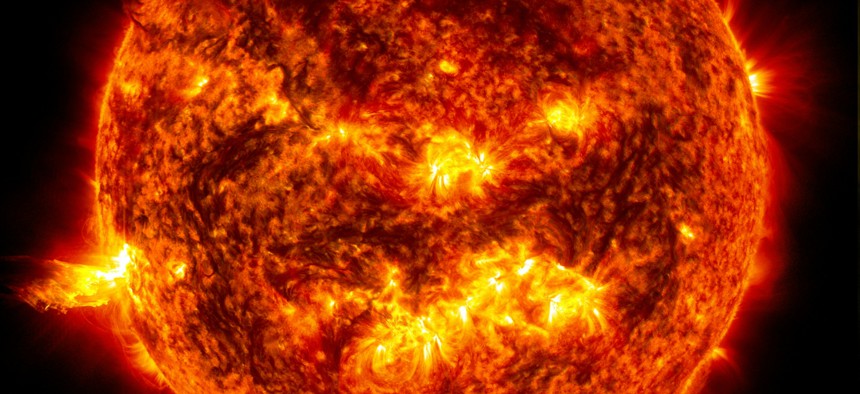
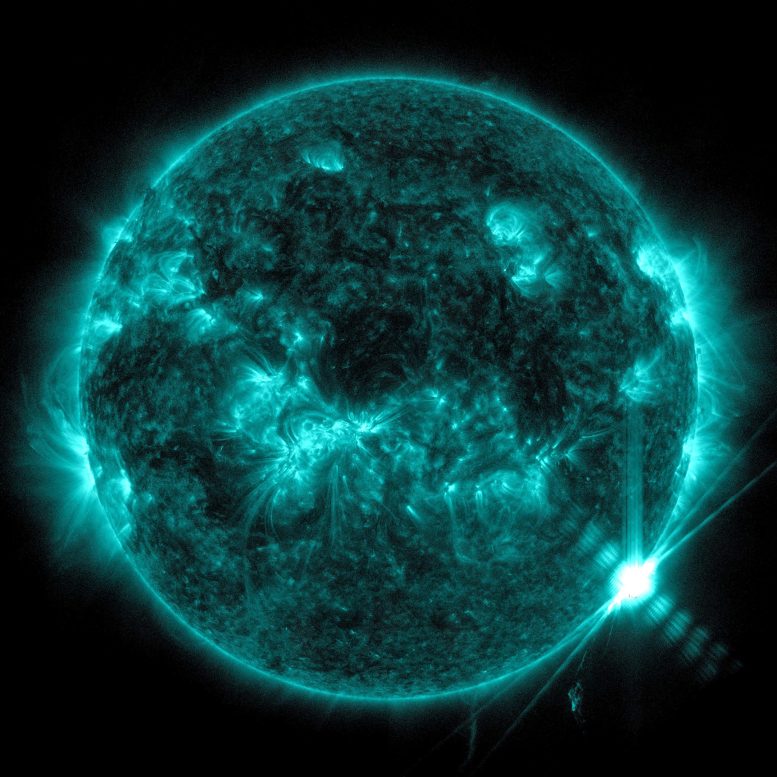
:format(webp):no_upscale()/cdn.vox-cdn.com/uploads/chorus_asset/file/25257001/655928main_solar_anatomy_MOS_orig_full.jpg)

